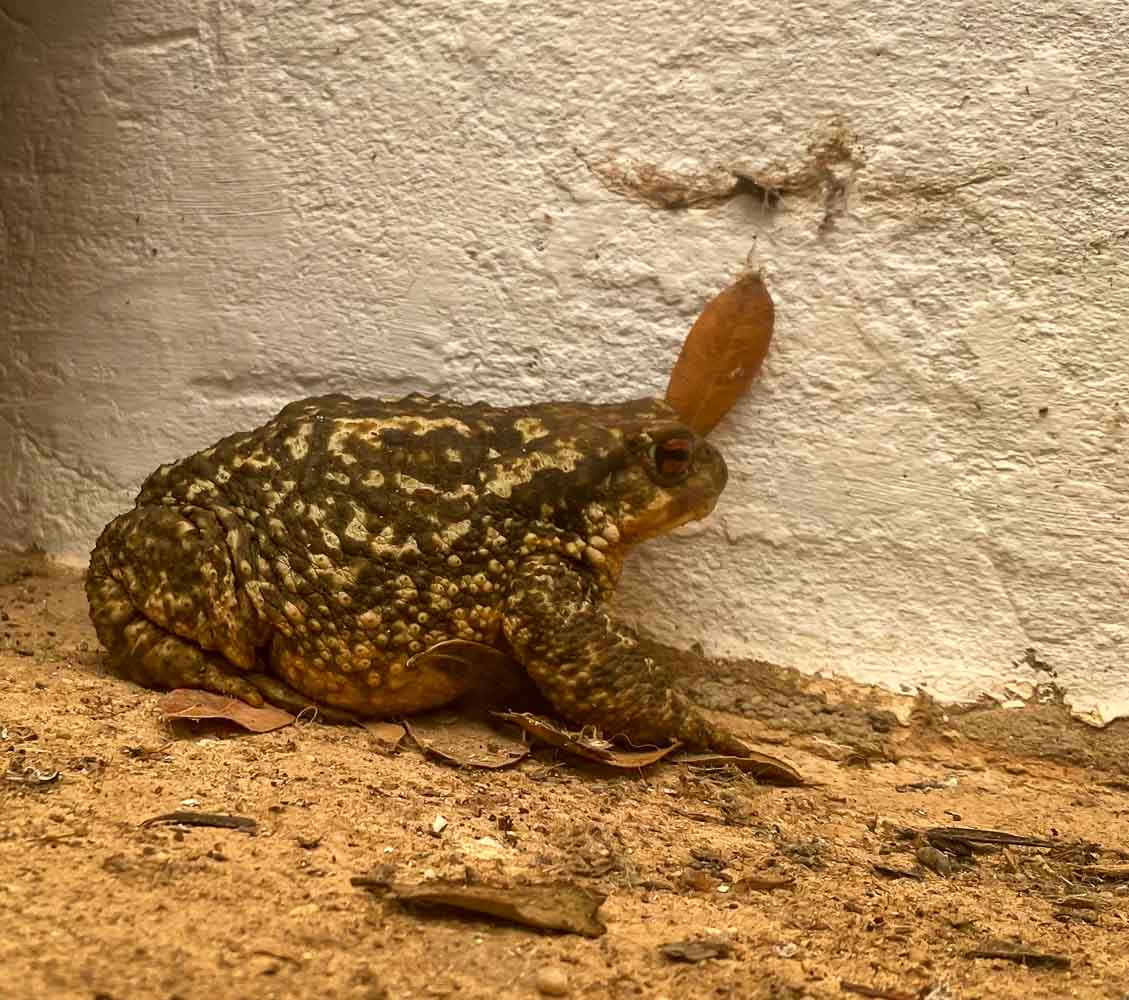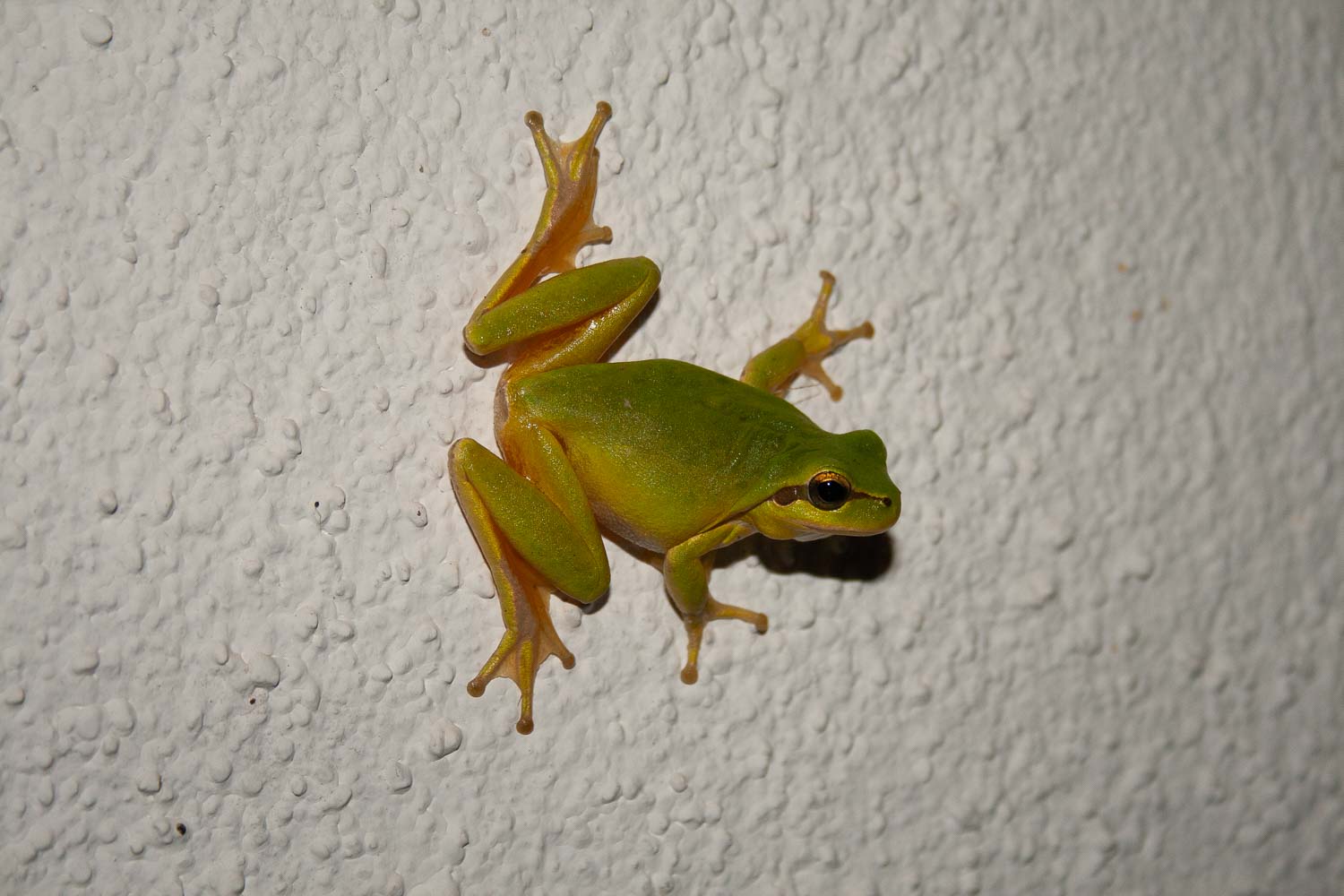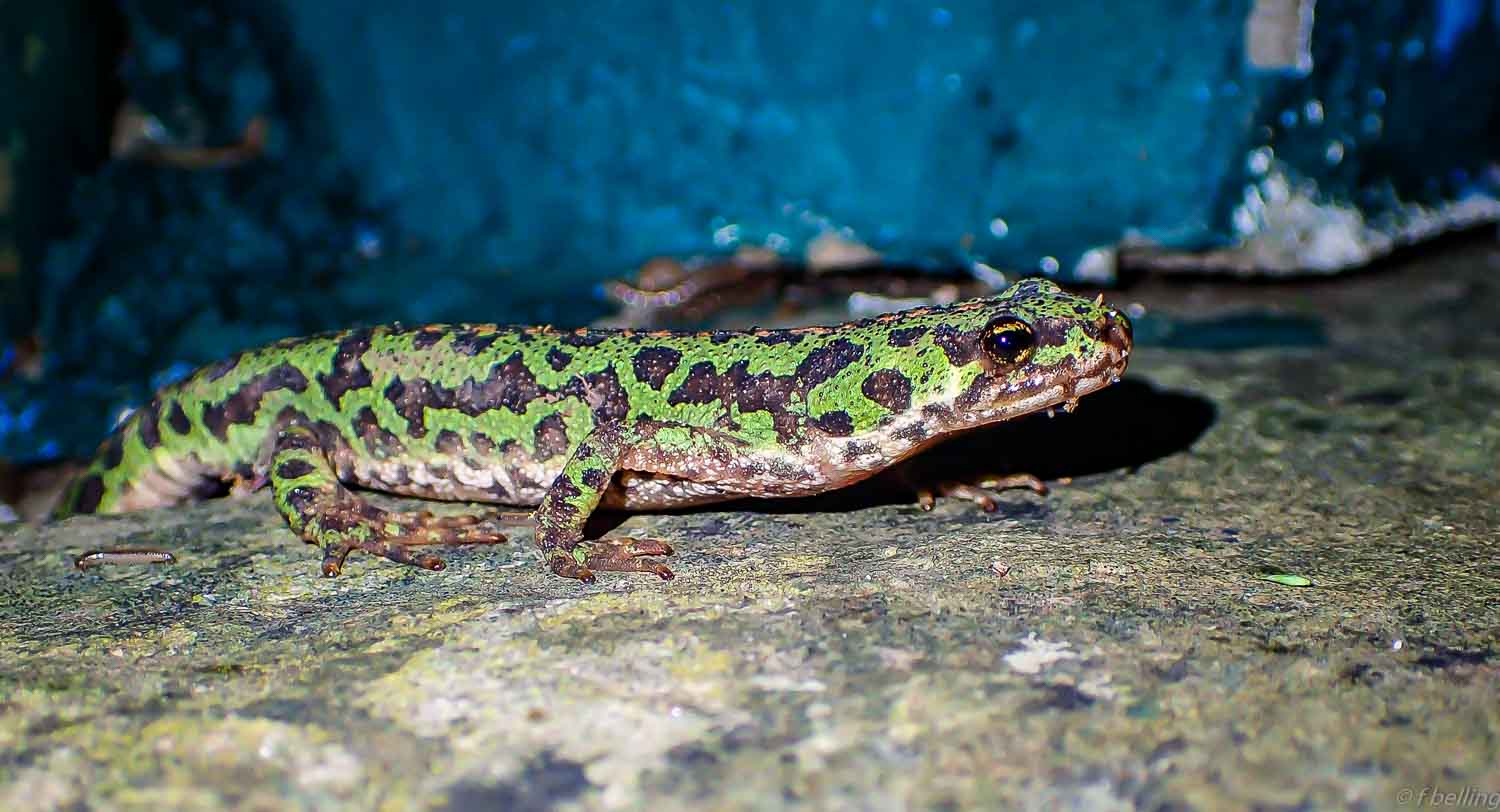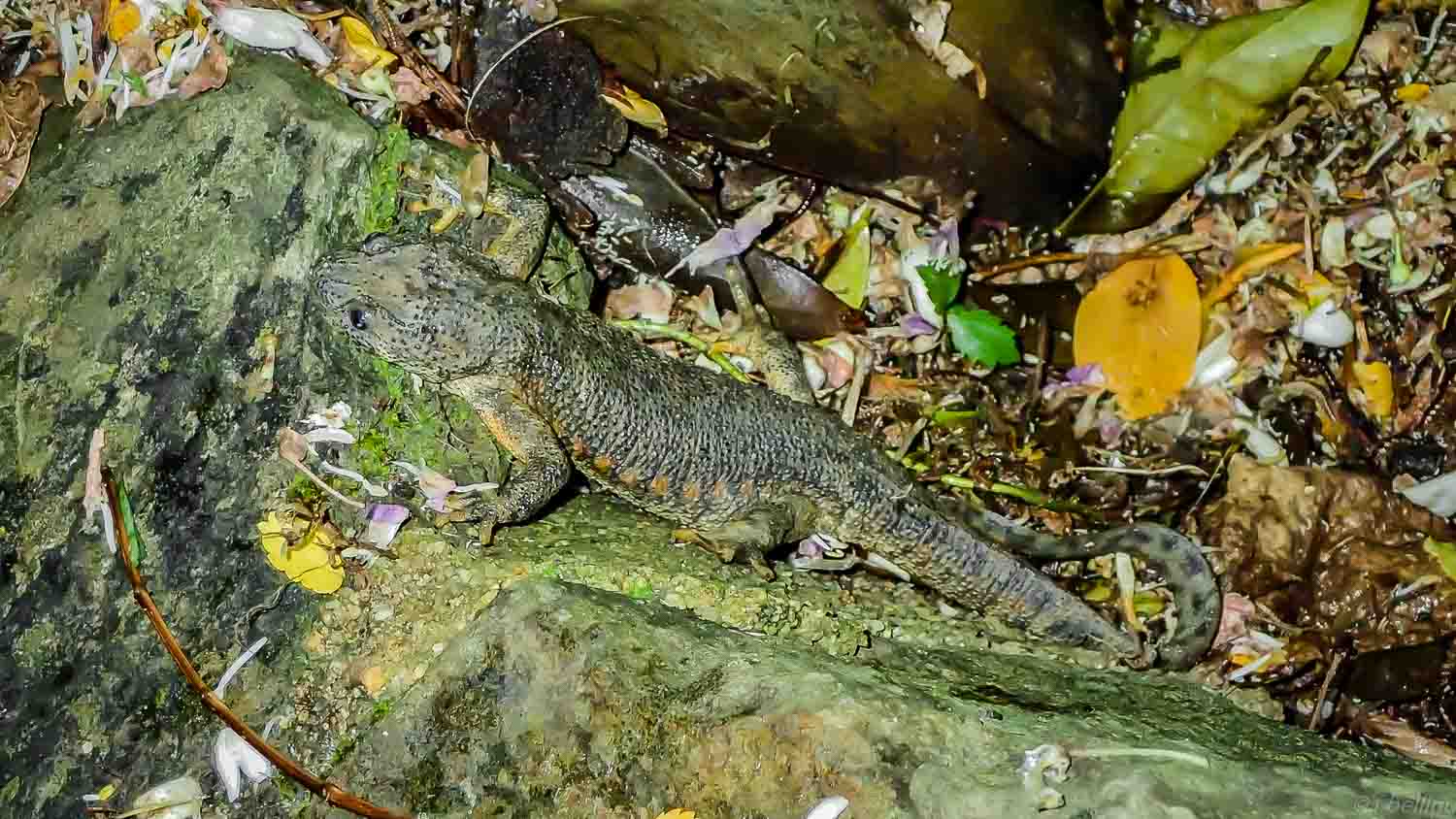When I first set up this website it seemed only right that I should call it Birding in Portugal. After all, that's what it's about, yes?
Well, yes and no, for I'm interested in ALL of Nature, not just birds, and I think most birders are too, so I make no excuses today with a post about some of the other life we have here at the Quinta.
Due to this pesky virus, like everyone else, we've been requested not to travel anywhere for the last six months, so, apart from some shopping trips, a doctor's appointment or two and one outing for the yearly Census of Breeding Birds for Spea, we've kept ourselves to ourselves over the last six months. I must admit that it hasn't been that hard as we've plenty to do around the garden, and it's there that we've been able to enjoy the wildlife that the Quinta's garden now attracts.
Of course we have birds aplenty, Blackcaps, Sardinian Warblers, Goldfinches, Chiffchaffs, Sparrowhawks, Blackbirds, Song Thrushes and many other species kept us company throughout the winter, and now that Spring is here again the Nightingales are singing and nesting while the Golden Orioles arrived a few days ago, so all's in order on that front.
Mammals are harder to come by but we have Field Mice, Weasels and Genets as relatively regular visitors and in February we had a Fallow Deer turn up one day while we were building the new greenhouse. It must have been an escapee from someone's land for it was far too trusting of humans,
but it's on the reptile and amphibian front that we've been excited recently for a week ago we came across a couple of difficult-to-see species, both listed as "Near threatened" on the IUCN Red List.
Of course we enjoy various species of reptiles and amphibians that're part of the food chain in our "living" garden and these all play their part in helping to keep our bug population under control so that we don't have to resort to chemical solutions that do more harm than good.
Spiny Toads (Bufo spinosus) are plentiful,

as are Moorish Geckos (Tarentola mauritanica)

and Stripeless - or Mediterranean - Tree Frogs (Hyla meridionalis), and these last two species I had to originally introduce into the garden myself from several ruins in the neighbourhood.

However, the two species that were exciting last week are two that have found their own way here and seem to be happy with the eco-system that the Quinta's garden provides.
First there's the Southern Marbled Newt (Triturus pygmaeus), a beautiful little creature,

and then there's the Sharp-ribbed Salamander (Pleurodeles waltl).

This last species is somewhat less beautiful and has less delightful manners also. If you look closely you'll see there's a row of red spots running along its flank. These mark the place where this ugly little blighter shoves its own ribs through its skin if threatened by a predator. These ribs pick up poison from the skin as they pass through, so are a powerful deterrant. Once the danger has receded so too do the ribs and the skin re-heals. Quite a defense you'll agree!
We're thrilled to have them all here and their approval of our efforts to make a holistic environment here are the ultimate bonus.
